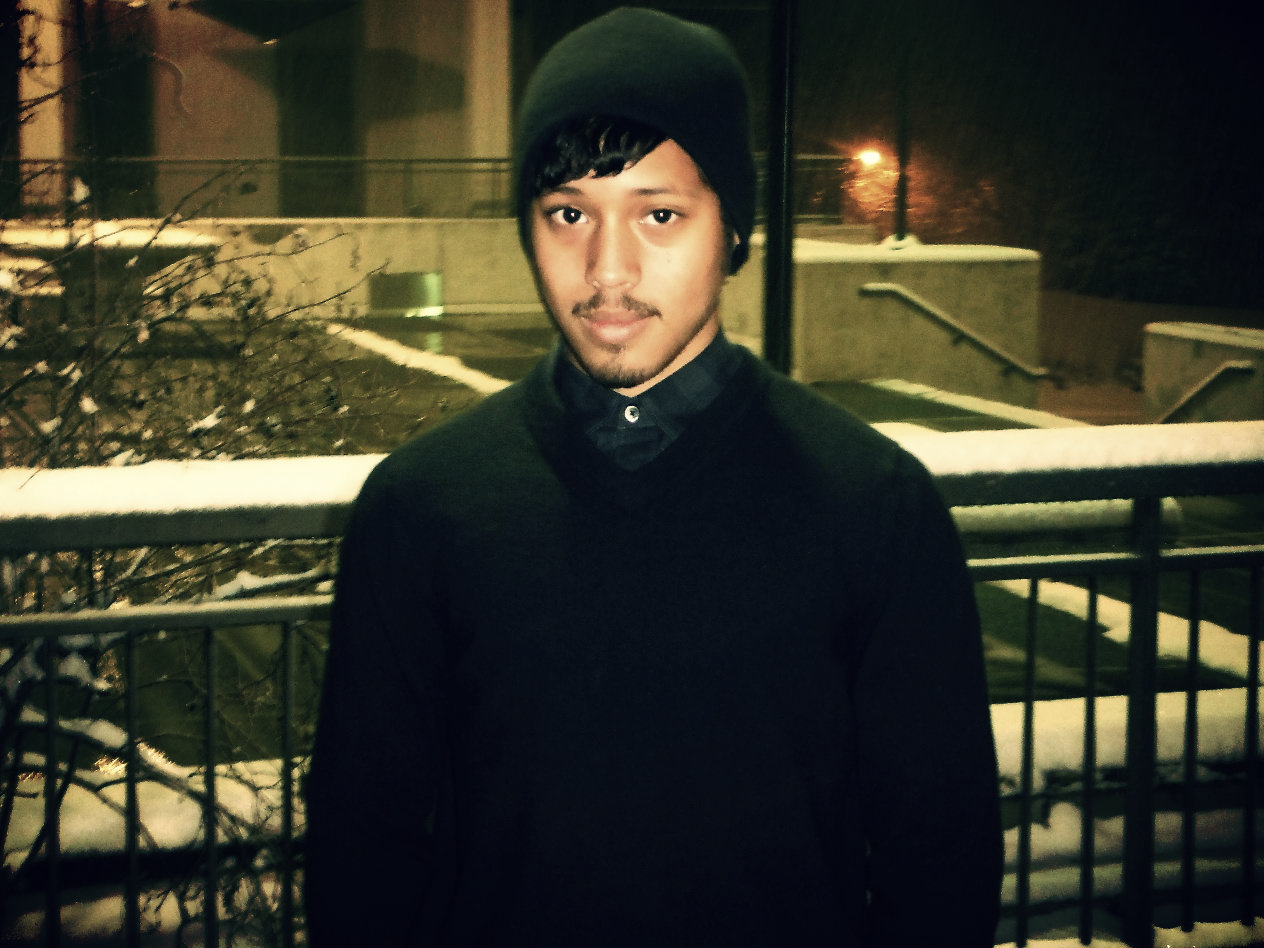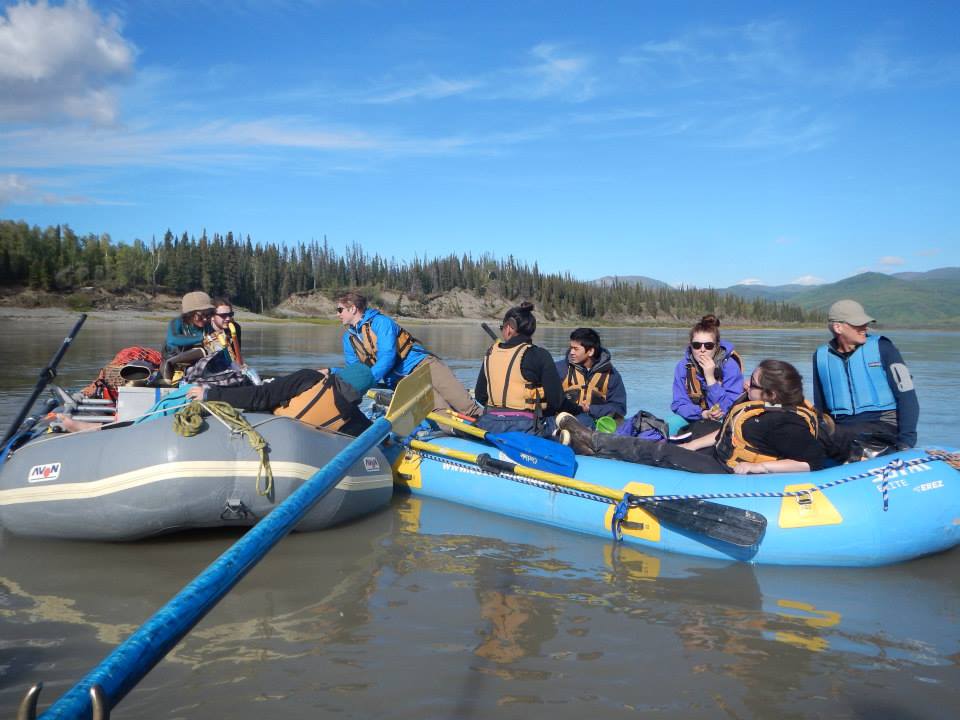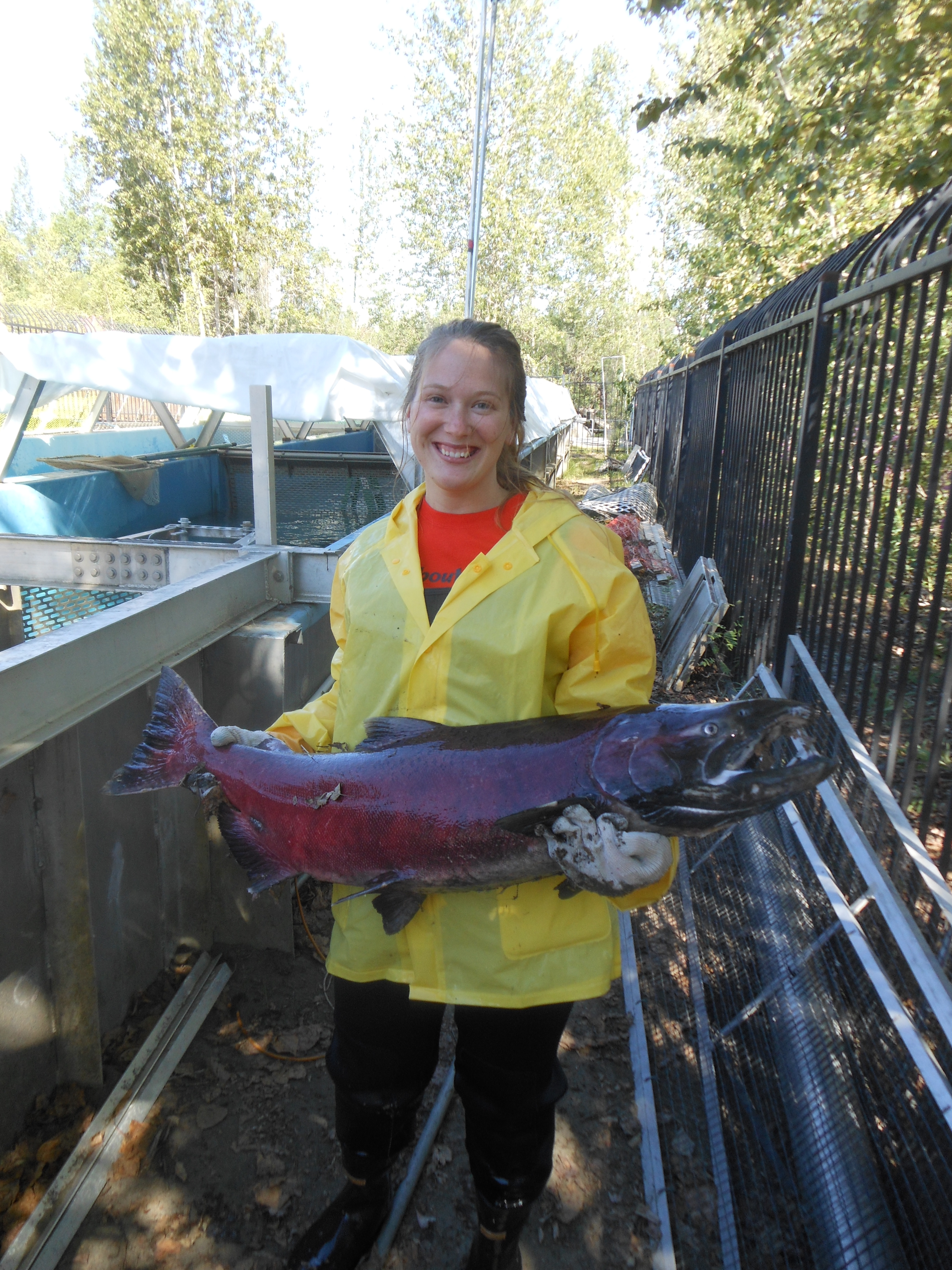By Simon Frez-Albrecht
Wintergreen spice lingers in my nose from when I first cut into the branch. My forearm is fatigued and swollen from wielding my axe and gripping my knife for hours today. Smooth facets glide under the rough pads of my fingertips, left by a sharp knife on the surface of this spoon I have carved. I probe for unacceptable imperfections, barely perceptible even to my experienced touch. The spoon is not perfect of course, but it must be exact in a few certain ways to reach not only its potential of elegance in appearance, but also be pleasurable in the hand and delightful on the tongue. I survey the new spoons lying delicately in a rough basket, gleaming white in the shade by my chopping block.
Everyone is quick to praise my spoons, but few are willing to pay for them. What is the value of a hand carved spoon, sitting simple and undecorated among its fellows? Surely, it is a novelty to observe, something carved with practiced precision to a specific purpose; something so small and simple given such great consideration. Why should I spend so much time studying spoons and working toward excellence in their creation when metal spoons can be purchased for pennies? The wood spoon, deliberately crafted, is a symbol of everything in which I believe. In our modern era, so few things in our daily lives are given any consideration. We rush from one interaction, one distraction, one false satisfaction to the next. Despite our escalating technology and access to worldwide goods, nothing fulfills quite like slowing down for a few minutes to dedicate your entire consciousness to the creation of a single, simple thing.
Not everyone should carve spoons, maybe, but everyone can benefit from taking some time in their life to dedicate to losing their mind to something that humans have always done: engaging the hands; manipulating the physical world around you in some small way. The confidence that comes from the accomplishment of creating follows us throughout our day, releasing us from the burden of dependence.
The way forward would seem to be the new 3D printers available, utilized by drawing a form in an image rendering program and sending it to the printer to be carved or molded from various plastics. These printers seem innovative in their capacity to bring small scale manufacturing into the home, however we quickly forget the long history that humans have had with small scale manufacturing in their homes. It was not so long ago that evenings were spent gathered around the wood stove with someone knitting or stitching, someone whittling an axe handle, a spoon, or some other useful thing of wood, along with the children playing with their own creations. The difference between the new printers and the old-fashioned way of creating is that when we create with our hands we are fully engaging the object in three dimensions – in real time – receiving constant sensory feedback as we work. In this way our creations shape our perceptions even as we shape them, offering new perspectives into our physical world with every touch, smell, and sound. .[author image=”http://turnagain.alaskapacific.edu/wp-content/uploads/2013/03/Simon-face-e1364000388418.jpg” ]Simon Frez-Albrecht came to Alaska in 2012 to begin working toward his degree at APU and play in the mountains. When he is not doing schoolwork, he may be found pursuing a wide variety of mountain sports with friends, working with his hands, or managing a canoe rental shop in Connecticut[/author]


